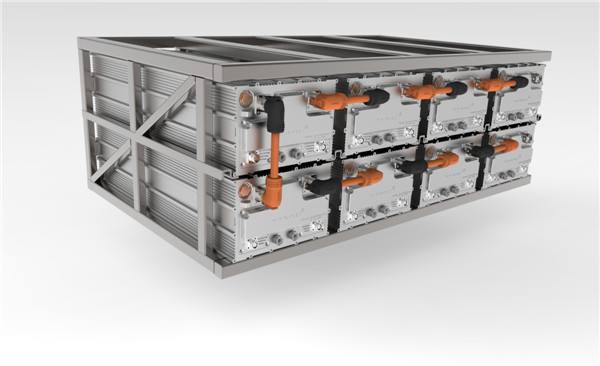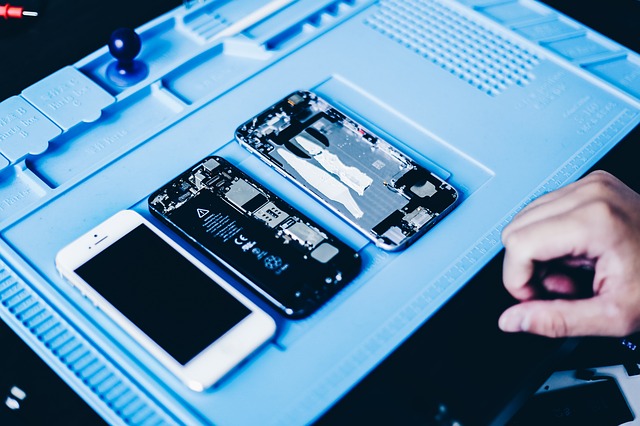Lithium Ion Battery Module Introduction
Jun 03, 2019 Pageview:951
A lithium-ion battery or Li-ion battery (abbreviated as LIB) functions like a rechargeable battery, with an initial proposal by a chemist at Exxon in the 1970s.
These batteries were purposely developed for portable or movable electronics and electric vehicles and are currently in demand for the military andspecial applications
When charging, the battery’s electrodes move from negative to positive during discharge and back.
Lithium batteries are used in a non-rechargeable state which cannot be compared to Li-ion batteries that function from an intercalated lithium compound on one electrode material.
Also, these Lithium batteries have no memory effect and possess a high energy density and low self-discharge, although they can be destructive as it contains a flammable electrolyte and may lead to explosions and fire when not charged correctly.
There have been several cases where industries were forced to remake products due to its high level of these compounds, and for this reason, performance, chemistry, cost and safety characteristics are different depending on the LIB type.
Handheld electronics such as phones and other gadgets are made to use Lithium batteries based on cobalt oxide; this element reduces the risk for damage though it still possesses a high energy density.
For electric tools, medical equipment, and other related appliances, batteries with lower energy density but with longer lives and less cause to explosion and fire are used.
These are Lithium-ion manganese oxide batteries and Lithium-nickel manganese cobalt oxide batteries, the latter of which is used mainly in automotive applications.
General Lithium Ion Battery Module Characteristics
Some of the general lithium battery module characteristics include:
· Peukert’s Losses & Voltage Sag Virtually Non-Existent
This refers to the discharge curve of lithium batteries; it says that it is essentially flat, meaning that if a battery is 20% charged, it would still give as much output as when it was 80% charged.
What this does is to avoid any issue when its discharge as it would with lead acid, but it does not mean that a battery monitor would not function to its ability when monitoring a lithium battery.
Additionally, it also means that these batteries can function well even at high or unpleasant capacity.
· Fast & Efficient Charging
Another important feature with Lithium battery is that it is very fast in charging and there is no need for a 20% initial store battery.
A fully functional battery can charge to 100% in 30 minutes or less, and even when you don’t regularly charge it. Plus, unlike lead, it does lose value or depreciate.
This feature makes it easy to be flexible with when and how to charge your battery.
· Climate Resistance
Compared to other batteries, Lithium is much more friendly to change in climate as in low or high temperature. For difficult environmental conditions, it is always best to use.
· Fewer Placement Issues
They do not need a compartment for ventilation or to be stored upright. These batteries are very easy to maintain and make it easy to move around without the worry of value reduction.
· Extended Cycle Life
Test has shown that you would get up to 2000 to 5000 cycles out of a well-cared Lithium battery. To compare, lead batteries can only result in about 500 – 1000 cycles, and Lithium still better cycle results to NMC or NMA.
· Superior “Useable” Capacity
One can decide to use up to 90% or more of the rated capacity of a lithium battery bank, unlike lead which does not provide this feature.
Working as a 100amp hour battery, a lithium battery cannot be compared to a lead battery which can only function to just up to 30 to 50 amp of juice.
The Advantages of Lithium Ion Battery Module
The Advantages of Lithium can be seen from its glorious and impeccable features, but to summarize some of its unique features, there are a good number of things to highlight such as:
· High-rate discharge with consistent capacity
· Long cycle life and energy throughput
· Small footprint and floor loading
· Fast Charging
· Power Security
· Wide charging temperature range – without voltage compensation
· No gas emission
· High energy efficiency
· Partial State of Charge excellence
Lithium Ion Battery Module Application
The application of Lithium batteries can be grouped into three main categories namely Energy storage, E – Traction and Portable energy
· energy storage – Stationary batteries, Stand-alone application, Solar application, and Self-consumption
· E Traction – Marine, Robotics and AGV, Industrial vehicles, E-Mobility.
· Portable energy – which refers to energy can be simply carried from one location to another with ease and can supply energy to any kind of machinery.
Lithium-ion battery features and standard module comparison
Lithium has since taken its place as a major provider of energy with mobile phone, gadgets, appliances and even electric vehicles.
The major contributor of its development and growth in the business is its high energy density and a large number of discharge cycles which are provided by the lithium cells.
Aside from these attributes, there are so many other ways it has implemented itself a major stakeholder in energy; it also has to function to fast charge, unlike lead-acid cells.
Inclusively, it has a very mild and safe interaction with the environment forcing it to possess low risk in usage in any kind of condition.
This means that it is very possible to use these cells in closed cabinets which may or may not be completely isolated from its surrounding environment. And even when it is time to recycle to creates potential toxic material such as cadmium, mercury, and lead.
· Cell structure
The structure of the lithium battery uses a prismatic design for larger capacity cells with metal walls. This gives the best combination of thermal management, packing density and protection required for creation for industries and even automotive applications
· Battery Management Systems
This provides a safe operation to lithium batteries as it brings different cells together as a primary function. This essential component manages the various element combinations and allows them to function in a single state throughout the cycles.
Battery management systems carry out this function by monitoring the voltages of all cells in its individuality with the battery and bring each together in line with the others to function in unison. Compared to traditional batteries, BMS provides the assurances that multi cells can function together by monitoring its differences and it whole.
· Transportation
Regulated transport in Lithium batteries makes it easy to control its high energy content with standard packing procedures.
To wrap it up
Lithium batteries have evolved to provide optimal energy with excellent delivery systems to assure satisfaction. It has a growing rate of applications in its used and industries are coming up with more ways to utilize it to its maximum potential.
It is only to say that what started in the early 19s can prove a formidable source of energy in years to come given its features and low risk in usage.
- Prev Article: Portable lithium battery
- Next Article: RV Lithium Battery System Analysis
Leave Message
Hottest Categories
-
Hottest Industry News
-
Latest Industry News












